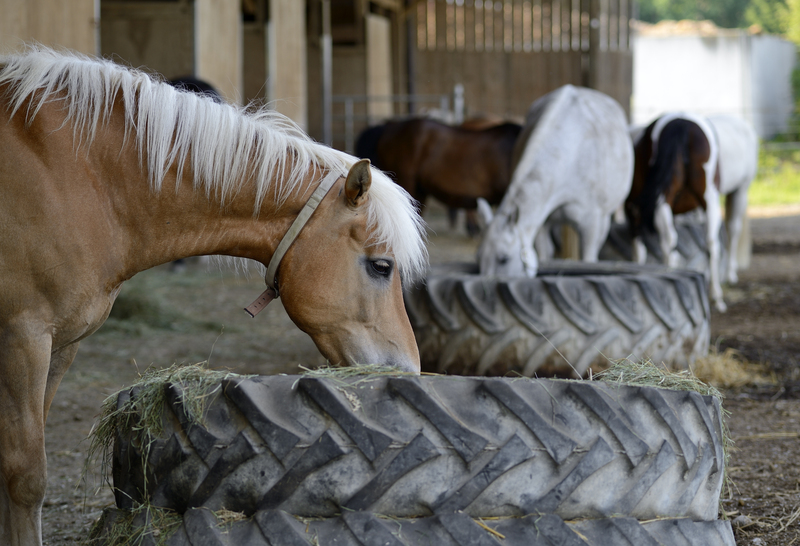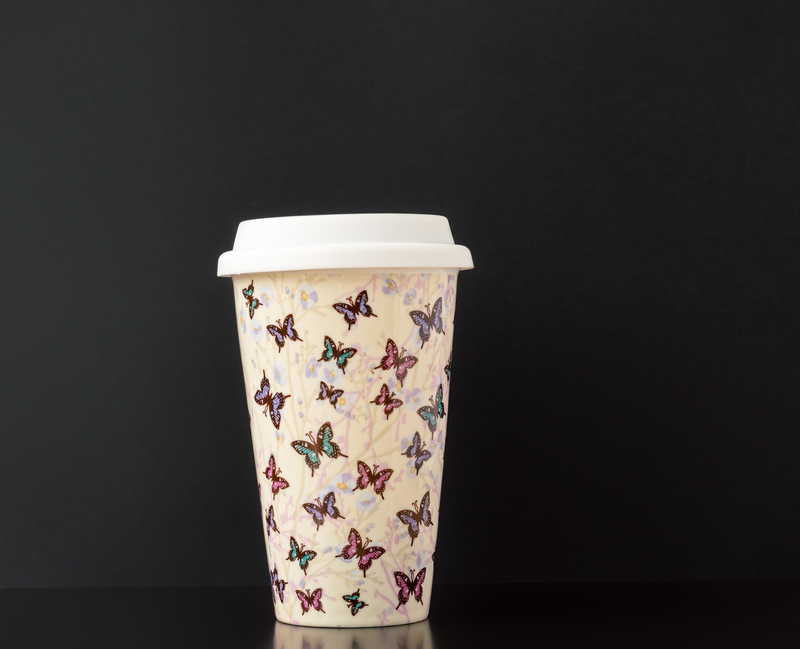Decluttering the Kitchen: How to Properly Dispose of Cookware
In today’s fast-paced world, it’s easy for kitchen cabinets and drawers to become crowded with old pots, pans, and kitchenware you no longer use. Whether you’re moving, updating your space, or simply striving for a more organized home, decluttering the kitchen is a smart place to start. One of the trickiest steps? Figuring out how to properly dispose of cookware.
This comprehensive guide will walk you through why decluttering matters, ways to identify what to get rid of, and the best methods for disposing of cookware responsibly. Learn about environmentally friendly options, recycling, upcycling, and even how to donate your cast-offs. Let’s get started!

Why Decluttering the Kitchen Matters
Is your kitchen cluttered with unused pans, scratched nonstick skillets, or mismatched lids? Not only does a disorganized kitchen make cooking more stressful, but it can also be unsafe and inefficient.
- Safety: Damaged cookware can present health risks, especially if nonstick coatings flake off or rust is present.
- Space: Freeing up storage space makes your kitchen feel larger and more usable.
- Sustainability: Responsibly disposing of old cookware ensures that you are reducing waste and giving usable items a second life.
Benefits of Kitchen Decluttering
Decluttering isn’t just about appearances. It can:
- Enhance food preparation and cooking efficiency
- Improve cleanliness and hygiene
- Promote mindful consumption and sustainability
How to Begin: Sorting Your Cookware
Before you toss everything out, it’s important to sort and evaluate your cookware collection.
Questions to Ask Yourself
- Is it damaged? Check for warping, rust, chips, or significant wear.
- Do I use it? If you haven’t used a pan in a year, it’s probably time to say goodbye.
- Is it safe? Flaking non-stick coatings, cracked glass lids, or loose handles can be hazardous.
- Is it duplicate? Do you really need five frying pans?
Sorting Tips
- Make separate piles: Keep, Repair, Donate, Recycle, Trash
- Be honest: Sentimental value is okay, but don’t let it overrule space and utility
Once you’ve sorted your cookware, you can decide the right disposal route for each piece. Proper cookware disposal not only benefits you--it's good for the environment, too.
Can Old Cookware Be Recycled?
One of the most common questions about disposing of cookware is whether old pots and pans can be recycled. The answer is yes, but with some caveats.
Types of Cookware Materials
- Stainless steel
- Aluminum
- Copper
- Cast iron
- Nonstick (Teflon or ceramic coated)
- Glass
- Plastic (mostly handles)
Basic Recycling Guidelines
- Metal cookware (like stainless steel, aluminum, copper, and cast iron) is usually recyclable, but not through curbside programs.
- Nonstick pans are harder to recycle due to their coatings. Ask your local recycling center if they accept them.
- Glass lids are recyclable if made of tempered glass, but most curbside services may not accept them.
- Handles made from plastic or silicone typically need to be removed first.
Pro Tip: Call ahead to local scrap yards and recycling centers to confirm what cookware types they accept and whether you need to separate materials first.
Step-by-Step: How to Recycle Old Cookware
- Identify the Material: Is it all metal? Or a mix of materials?
- Disassemble: Remove plastic, wood, or silicone handles if possible. Some facilities only want pure metal.
- Clean: Give your cookware a quick wash to remove food debris or grease.
- Transport to the Right Facility: Most scrap metal recyclers will accept large metal cookware items.
- Check Local Guidelines: Each municipality is different, so review your local recycling rules.
Important: Do not put large pots, pans, or bakeware in your curbside blue bin unless your program specifically allows it!
Alternatives to Recycling: Donation & Upcycling
Donating Used Cookware
- Charities: Many thrift stores and charities, such as Goodwill or the Salvation Army, gladly accept kitchenware in good condition.
- Women's Shelters, Food Banks & Soup Kitchens: These local organizations often welcome donations of serviceable cookware, especially if they host cooking classes or communal meals.
- Community Centers & Churches: Reach out to ask if your gently used cookware could help a family or be used in community events.
Always call ahead to learn what items are desired and in what condition.
Creative Upcycling Ideas
Not all unwanted kitchenware needs to be discarded. Repurpose old pots and pans with a little creativity!
- Planters: Use old saucepans or cast iron skillets to create quirky garden planters.
- Wall Art: Arrange vintage pans on the wall for a retro kitchen vibe.
- Organizers: Turn muffin tins into desktop caddies for small office supplies or jewelry.
- Kids’ projects: Let kids turn pots into drums for a DIY music project.
Upcycling helps keep materials out of the landfill and is a fun way to breathe new life into worn kitchen pieces!
When to Trash Cookware: Last Resort Disposal
If your old cookware is severely damaged, beyond repair, or unsafe for use and can’t be recycled or donated, the landfill may be the only option.
Signs That Cookware Should Be Discarded
- Deep scratches, flaking, or gouges in non-stick surfaces
- Significant rust or pitting in metal cookware
- Broken, warped, or cracked pans
- Structural instability (loose handles, cracked bases, etc.)
If you must trash your old pots and pans, try to minimize environmental impact by:
- Breaking down pieces to save landfill space
- Separating materials--metal from plastic or silicone
- Repurposing parts (metal handles, screws) for other uses if possible
Cookware Disposal: Specialized Cases
Nonstick Pots and Pans
Because nonstick cookware (like Teflon) is coated with chemicals, it’s especially important to dispose of damaged pans correctly. Many recycling centers do not accept them due to the non-metallic coating. However, some manufacturers offer take-back programs: check brands like Calphalon or T-fal, which occasionally run recycling initiatives.
Cast Iron Cookware
Cast iron pans are incredibly durable and can often be restored, even if rusty. Consider:
- Resurfacing and reseasoning the pan yourself
- Donating to a local cooking school or collector
- Selling online--cast iron is always in demand!
Glass & Ceramic Bakeware
Tempered glass and ceramic aren’t accepted in most curbside recycling; however, some recycling centers have special drop-offs for such materials. If undamaged, consider donating instead.
How to Dispose of Cookware Responsibly: A Recap
The best method for getting rid of your unwanted kitchenware depends on condition, material, and where you live. Remember, responsible cookware disposal ensures that your decluttering efforts help, not harm, the environment.
- Recycle: For metal pots, pans, and bakeware (with the right facility)
- Donate: For items in good, clean, and safe condition
- Upcycle: For creative reuse around the home or garden
- Trash: Only if the item is unusable and not recyclable
Actionable Steps for Decluttering Your Kitchen
- Review your cookware and remove everything you do not use or need.
- Sort based on condition: keep, donate, recycle, upcycle, toss.
- Contact local recycling programs and charities to understand your options.
- Dispose of each item responsibly.
- Enjoy your organized, clutter-free kitchen!

FAQs: Decluttering and Disposing of Cookware
Can I recycle pans with a nonstick coating?
Most scrap yards require the nonstick coating to be removed first, which can be difficult. Some brands offer recycling programs, so check with the manufacturer.
What about cookware that’s antique or vintage?
Consider selling or donating, especially if it’s cast iron or copper, as these may be valuable to collectors.
Is it worth it to repair damaged cookware?
For heirloom pieces or high-quality brands, re-seasoning or minor handle repairs may be worthwhile. For cheaper pans, it’s usually better to recycle or donate if possible.
Where can I find local disposal guidelines?
Visit your municipality’s sanitation or recycling website. They often have search tools by item type.
Conclusion: Make Decluttering the Kitchen a Habit
Decluttering your kitchen isn’t just a spring cleaning chore; it’s a step toward a safer, more sustainable, and inspiring cooking space. By learning how to properly dispose of cookware, you reduce waste, make your kitchen easier to manage, and may even help someone else in need.
Take a fresh look at what's lurking in your cupboards, sort with intention, and choose the most responsible cookware disposal method possible. Your kitchen--and the planet--will thank you!
Ready to start decluttering the kitchen? Share your success stories and creative upcycle projects in the comments below!